*Good To Know*
- What is the foam that I am skimming while making the broth? It’s the impurity (or better known as cooked blood) from the meat that rises to the surface once the water starts to boil. Some prefer to boil the meat to cook off the blood, drain the water and refill the pot with fresh water to boil a second time when making broth. I personally prefer not to do that because I like to retain as much of the meat flavour in my broth as possible.
- What is Char Siu Pork? It’s also known as chinese bbq pork that can be bought pre-made from an asian grocery store at the hot food section. It is a red coloured, sticky barbecued pork tenderloin and is sweet in flavour. You can also make your own char siu pork. For my recipe, go here (3-ingredient) or here (from-scratch)
- How do I store left-over uncooked wonton dumplings? Lightly dust wontons with cornstarch (to prevent sticking) and place wontons in a single layer in an air tight container or a plastic freezer zipper bag. You can also store these in a single layer with parchment paper in between layers. Refrigerate uncooked wontons up to 3 days if you plan to eat more wonton soup in the following days. Wontons can be frozen up to 2 or 3 months (not beyond that as freezer burn might occur).
- What else can I do with left-over Wontons? You can deep fry the dumplings and serve with sweet chilli sauce as an appetizer or snack. Heat a neutral oil (such as peanut, sunflower or vegetable oil) to 350°F (176.7°C) in a medium sauce pan (make sure there is enough oil to cover the dumplings) and deep fry wontons for about 3 to 5 minutes or until golden brown. Rotate the dumplings with a tong often and don’t over crowd the pan as that may slow down cooking. A little trick I usually go by for doneness is to fry the wontons until they float to the surface.
- Can I substitute ground chicken for my Wonton dumpling filling? Yes you can, treat the ground chicken the same as pork except cooking time may be a little quicker.
- Why do I need to blanch? For this recipe, we’re blanching the ingredients prior to pouring the broth. The reason for this is to ensure that our ingredients are cooked and pre-warmed so that by the time the hot broth is poured, it will finish cooking the blanched ingredients for a perfect bite and prevent temperature drop so you can enjoy a nice hot bowl of wonton noodle soup.
- Can I freeze left-over wonton broth? Of course! Make sure to freeze your broth in large freezer zipper bags. This way, when you’re ready to thaw and re-heat the broth, all you need to do is cut the bag open (rather than thaw the broth in the microwave in a container), add 2 tablespoons of water into a large pot and place the frozen broth into the pot. Cover with a lid and re-heat at medium heat until fully thawed. Then turn heat to high to bring to a boil and re-season if needed. Instead of freezing, you can also use left over broth to make another type of soup with ingredients you have on hand.
Ingredients you will need:
Although this recipe serves 8, you are likely going to have broth and wontons left over depending on the portion size of noodles, wonton and meat you choose to serve per bowl. Ingredients you will need:
- pork shoulder (or pork butt), cut into large 3″ cubes. I used pork shoulder on the bone (already sold pre-cut). You can also use pork shoulder without bone.
- pork side spare-ribs, cut into individual rib pieces
- lean ground pork
- bbq (char siu) pork
- fish sauce
- cane sugar (rock or lump)
- sesame oil
- yellow & green onions
- large bok choys
- bean sprouts
- wonton wrappers
- wonton egg noodles
- garnishes such as lime & cilantro
How to make Wonton broth
Making a good broth is an important step to marry together the entire dish with springy noodles, plump wontons, delicious meats and crunchy vegetables. It’s the heart of the dish that makes you want to slurp the entire bowl down to the last drop! SO! How can one achieve this? By simmering the meat on medium low heat for at least 2 hours. It’s a step you don’t want to skip since it will help enhance the flavour of the broth with all of that meaty goodness on the bone!
How to make Wonton filling and dumplings
While the broth is simmering, we’ll prepare our wonton filling. I used lean ground pork to offset sesame oil I added for flavour, however, if you prefer a fattier filling you can also use medium ground pork. You can find varied versions of wonton filling recipes where you can add mushrooms, ginger, carrots and other vegetables, however, this one is going to be simple and only consists of chopped green onion, ground black pepper, sesame oil, sugar and sea salt. Mix to combine and set aside.
Remove wonton wrappers from package and place on counter or clean cutting board next to filling. While making wonton dumplings, you’ll want to keep a clean tea towel handy to cover the wontons and prevent them from drying (or place them immediately into plastic zippered bags).
For me, using a butter knife is easiest to scoop and transfer the meat filling to the wrapper, however, you can choose any tool you’re comfortable with (ie. a teaspoon). With a few tries, you will get the hang of scooping the same amount of meat for your dumplings. Keep the filling to approximately the same size in order to ensure even cook time for the dumplings.
- place a wrapper into the palm of your hand, with the corner facing your index finger
- ‘scrape’ the meat together to form into an approx. 1 inch meatball and place meatball in the center of the wrapper (brush a little water on the sides of the wrapper before folding if you wish (for an extra seal)
- fold the bottom corner up into a staggered triangle
- remove excess air (if present) and press together firmly
- place your left and right thumb on each side of the meatball filling
- make sure your fingers on the back of the dumpling are also placed on each side of the filling
- with your thumbs and fingers holding the wrapper in place, pinch the wrapper together in an inward motion to create a pleated dumpling (careful not pinch too hard as that may cause wrapper to tear)
- press the top center once more to ensure dumpling is sealed
- the resulting dumpling will look plump with pleated sides
- place on a tray or plate and cover with a tea towel
To watch how this is done, click on the “Jump To Recipe” button below. In my recipe card, you can watch my demonstration video for this.
How to assemble the bowl
When you’re ready to assemble each bowl, set out bowls large enough to hold noodles, wontons and other ingredients (I used these 32 oz soup bowls). We’re going to pre-boil the layering ingredients before we pour the broth into our bowl. Usually store bought noodles and wonton wrappers have excess flour to prevent them from sticking and is one of the reasons we boil them separate. The other is so that we finish cooking them separate due to the raw meat filling and excess flour that may change the flavour & clarity of our broth. We spent 2 hours making sure the broth cooked nice and clear, last thing we want to do is turn it cloudy by cooking the wontons and noodles in the same broth!
- Noodles*
- Wontons
- Bok Choy
- shrimp**
- Char Siu Pork***
Deep fried Wontons with leftover dumplings
I still had a lot of uncooked wontons left over and decided to fry up a bunch to snack on, the next day. These are super delicious with sweet chili sauce! In case you’re wondering, yes, you can absolutely use this dumpling recipe to make a separate batch just to fry and serve as an appetizer or you can go to my recipe here: Easy Crispy Fried Wontons. With holidays around the corner, they’ll likely disappear even before you’re able to serve the rest of the appetizers!
Wonton Noodle Soup With Homemade Dumplings
Ingredients
Broth
- 1 pound pork shoulder (bone-in), cut into cubes
- 2 pounds pork side spare-ribs, cut into individual pieces
- 8 liters cold water
- 1 cup yellow onion (1 large), diced
- ¾ cup fish sauce
- 2 tablespoons sea or kosher salt
- ⅔ cup lump / rock sugar cane
- 2 pounds daikon radish (1 large), peeled & cut into 2" cubes
Wonton Dumpling
- 2½ pounds lean ground pork
- 1 cup green onion (4 stalks), trimmed & chopped
- 1½ Tablespoons garlic (3 cloves), pressed or minced
- 2½ Tablespoons white sugar
- 1 Tablespoon oyster sauce
- 2 Tablespoons sesame oil
- 1 Tablespoon sea or kosher salt
- 1 teaspoon ground black pepper
- 2 packages wonton wrappers, 1 package = approx. 65 wrappers
Assemble & Garnish
- 2 trays fresh wonton egg noodles (6 x 397g bundles), loosened
- 1 pound uncooked medium size shrimp, peeled (tail on), deveined
- 2 large bok choy, cut into quarter, length-wise
- 1 pound bean sprouts, rinsed
- 1 pound char siu pork, sliced
- 1 whole lime, sliced into wedges
- 1 cup cilantro, chopped
- ½ cup green onion (2 stalks), trimmed and diced
INSTRUCTIONS
Broth
- In a colander, under running hot tap water, rinse cut pork shoulder and spare-ribs until clean. Place meat into a large 12 or 16 quart stock pot. Add water and bring to a boil on high heat.
- With a skimming ladle or serving spoon, skim impurities / foam off the surface of boiling water until surface is clear.
- Add fish sauce, rock or lump sugar cane, diced onions and salt to broth. Stir to combine and simmer broth for 1 hour on medium-low heat without lid. Add cubed daikon radish to broth (and 2 cups of water if broth evaporated a bit) and continue to simmer for another 1 hour on medium-low heat. Skim any remaining foam or impurity in between simmer time and stir broth every so often.
Wonton Dumplings
- While broth is simmering, prepare wonton dumplings. In a large mixing bowl, add ground pork, green onions, garlic, sugar, oyster sauce, sesame oil, salt and black pepper. Mix / knead thoroughly to combine all ingredients.
- Place a wonton wrapper into the palm of your hand with the corner facing your index finger (looks like a kite). With a butter knife, scoop a small meat ball about 1 inch in size and place meat into the center of wrapper. With your free hand, take the bottom corner and fold it up, placing it to the right. This should resemble a staggered triangle. Next, with your left and right thumb on each side of the filling, firmly pinch / crimp each side into the center so that it creates a pleated dumpling and seals the dumpling. Repeat this step until all wrappers are filled. Cover wontons with cling wrap or a clean dish towel to prevent wontons from drying/hardening. See demo video below.
Assemble & Garnish
- Place 8 large soup bowls on the counter (in preparation of assembling the layers). Take loosened, uncooked, fresh wonton egg noodles and divide approx. 1 cup of noodles into each bowl.
- Fill 3/4 of a large sauce pan with water. Bring to a boil. Fill 3/4 of a second large sauce pan or large pot with water and bring to a boil (both pans to boil at the same time).
- For pan#1, take measured noodles from 1 bowl, place into mesh strainer and blanch the noodles in boiling water for 1 to 2 minutes (move noodles around with chopstick or fork while blanching). Then rinse under cold water for a few seconds, shake excess water off and place noodles back into the bowl. Repeat this step for all 8 bowls.
- Next, place 5 or 6 wonton dumplings into mesh strainer and blanch in pan#1 for 2 to 3 minutes or until cooked. No rinsing required. Place dumplings on top of noodles. Repeat this step for all 8 bowls. The water will be cloudy at this point for pan#1. Discard the water (turn off heat) and move on to pan#2 with boiling water.
- In pan#2, place 4 wedges of bok choy into mesh strainer and blanch for 2 minutes or until softened to desired texture. Place 1 wedge to the side of the bowl (on top of the wontons). Garnish the next 3 bowls the same way. Repeat this step for the remaining 4 bok choy wedges until each bowl is garnished with 1 blanched wedge.
- Add 3 to 4 uncooked shrimp into mesh strainer and blanch in pan#2 for 1 to 2 minutes or until shrimp is fully cooked. Place cooked shrimp opposite bok choy wedge in the bowl. Repeat this step and garnish the same way for the remaining 7 bowls.
- Add 4 slices of char siu pork in the center of the bowl, on top of the wontons. Repeat this for remaining bowls. The result should look like this:
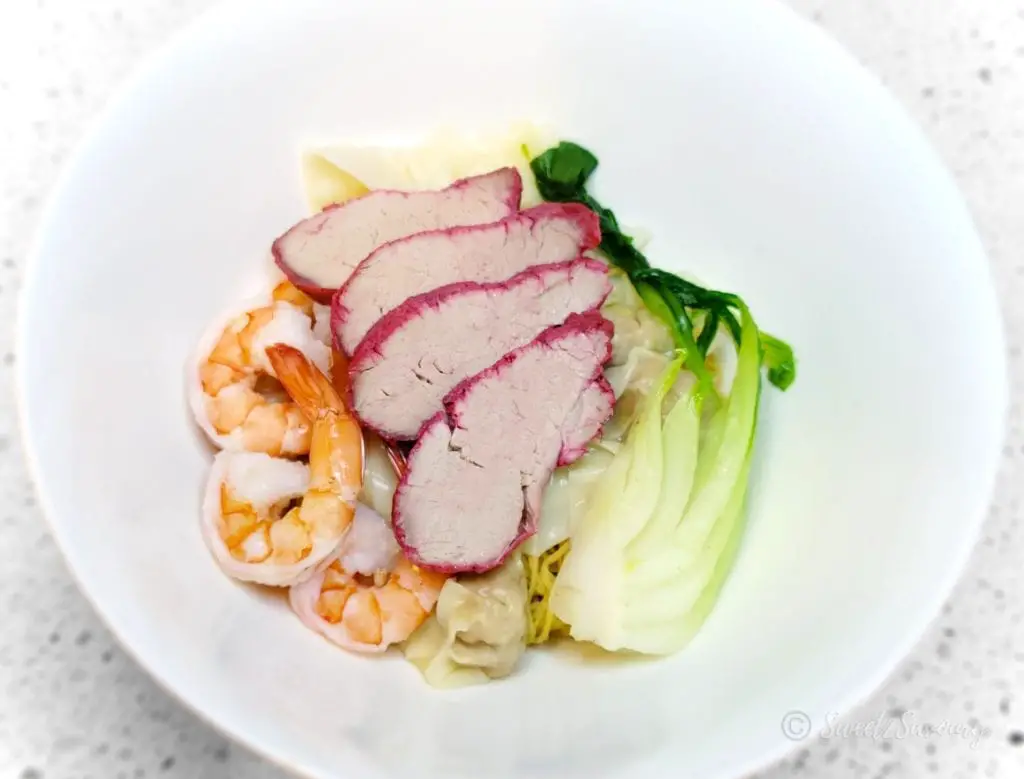
- When ready to serve, use a clean mesh strainer and pour broth through strainer into bowl for a clean / filtered broth. Pour enough broth into bowl to cover the surface of layered food items.
- Add a handful of bean sprouts and garnish with cilantro / sliced green onions / fried sliced shallots or serve separate on a serving plate. Wonton noodle soup can be enjoyed with lime, sriracha or sambal oelek (hot chilli sauce), red vinegar and / or soy sauce. Serve sauces on the side so each person can customize their own bowl. Enjoy!



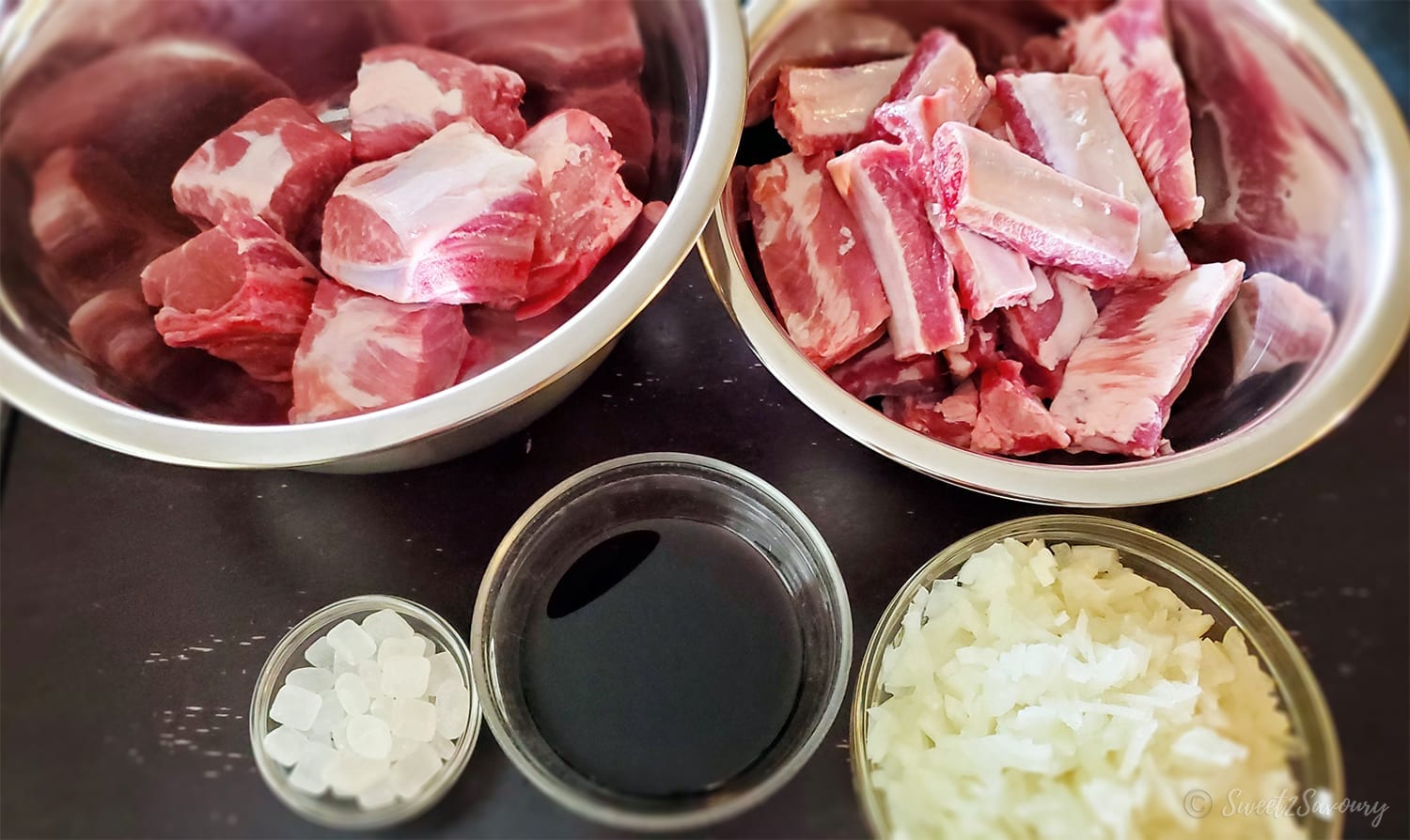

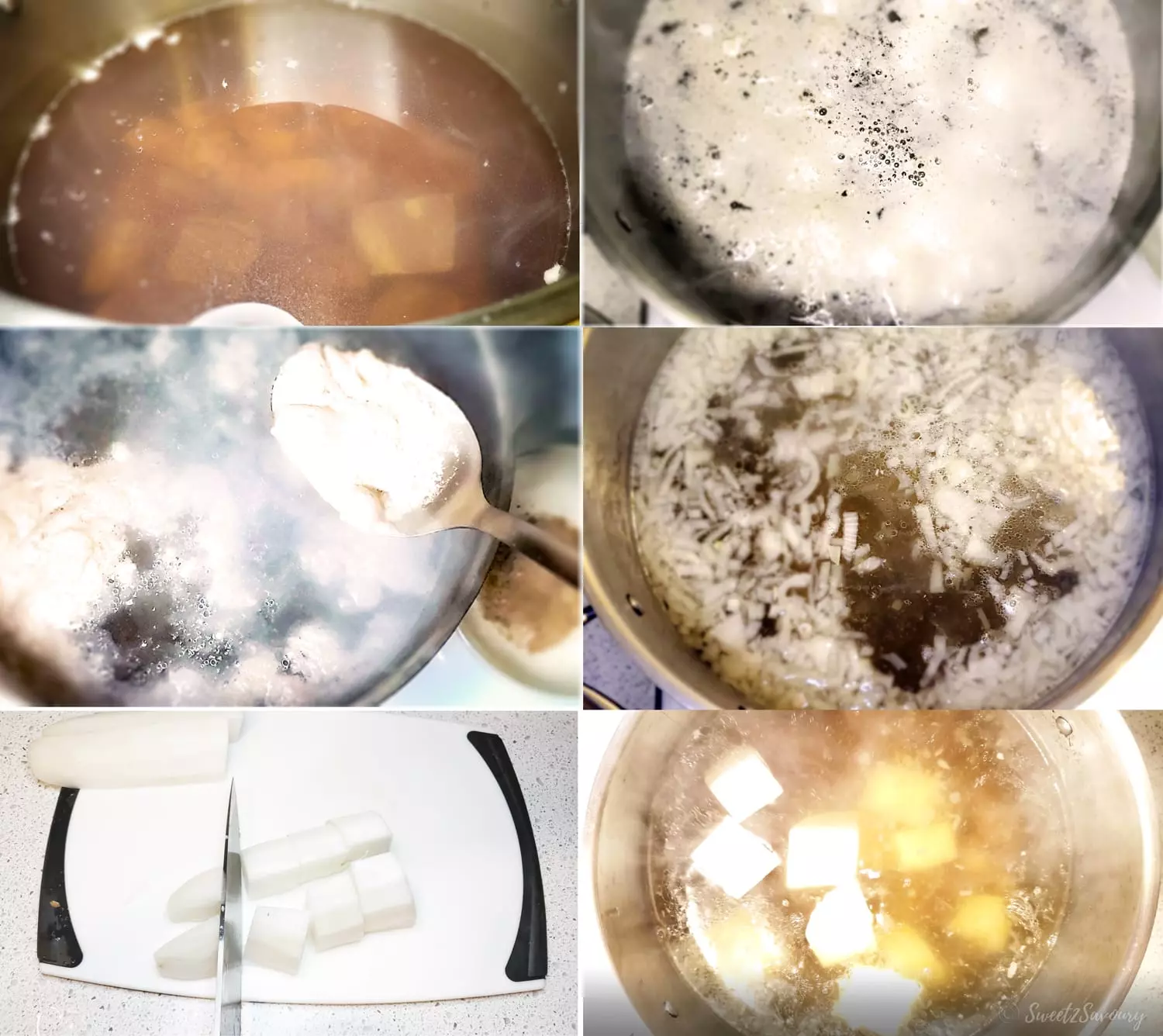
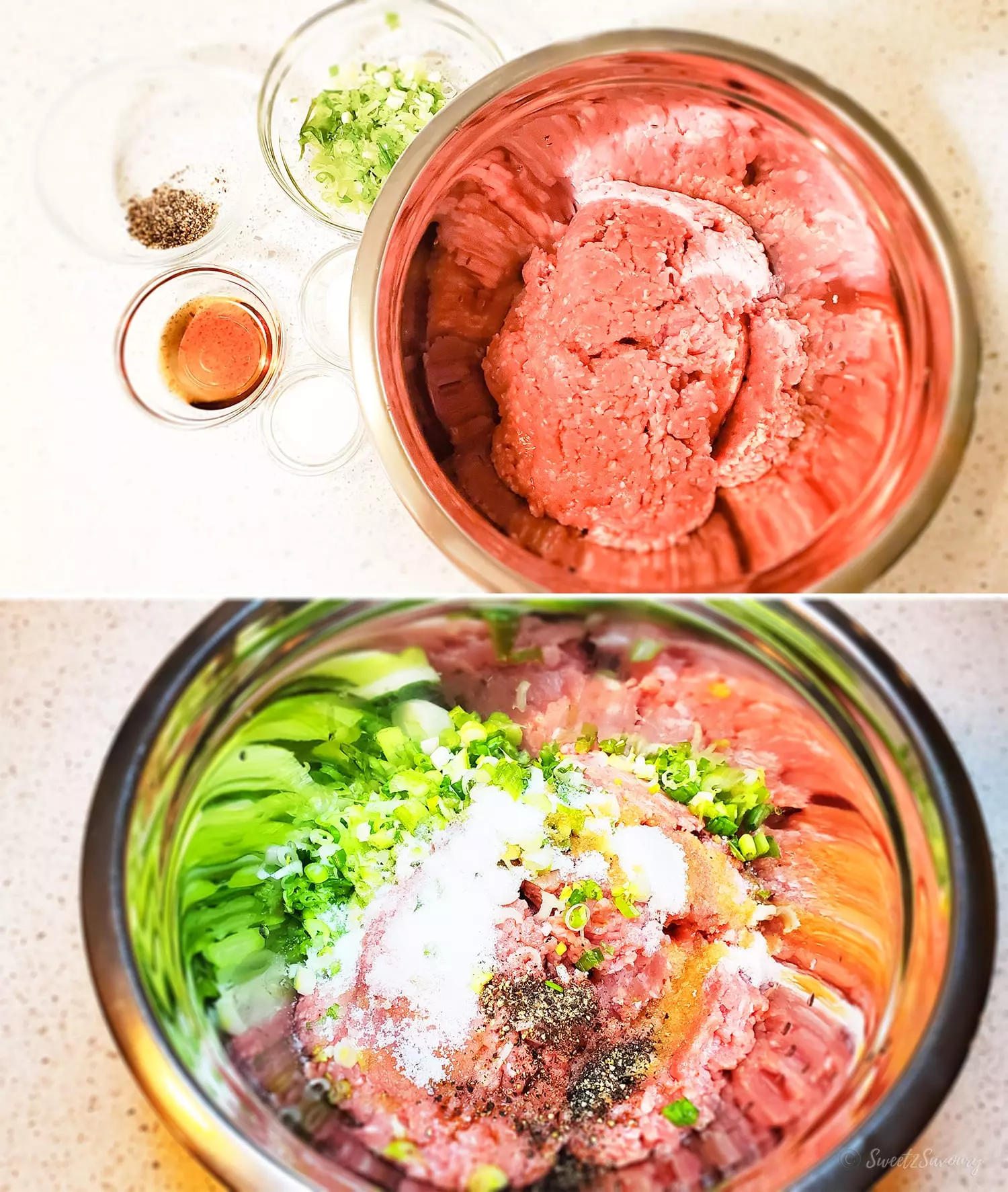
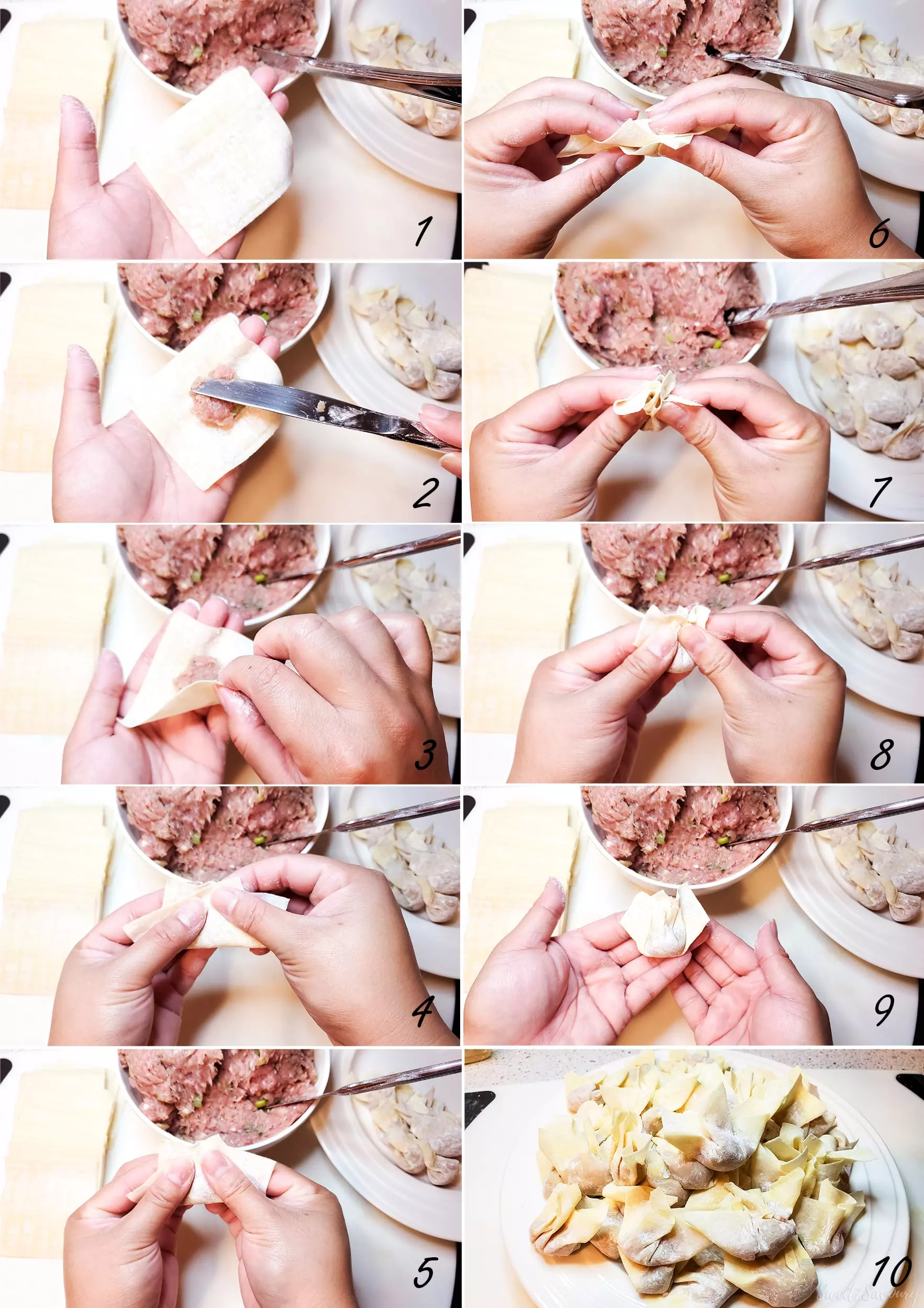
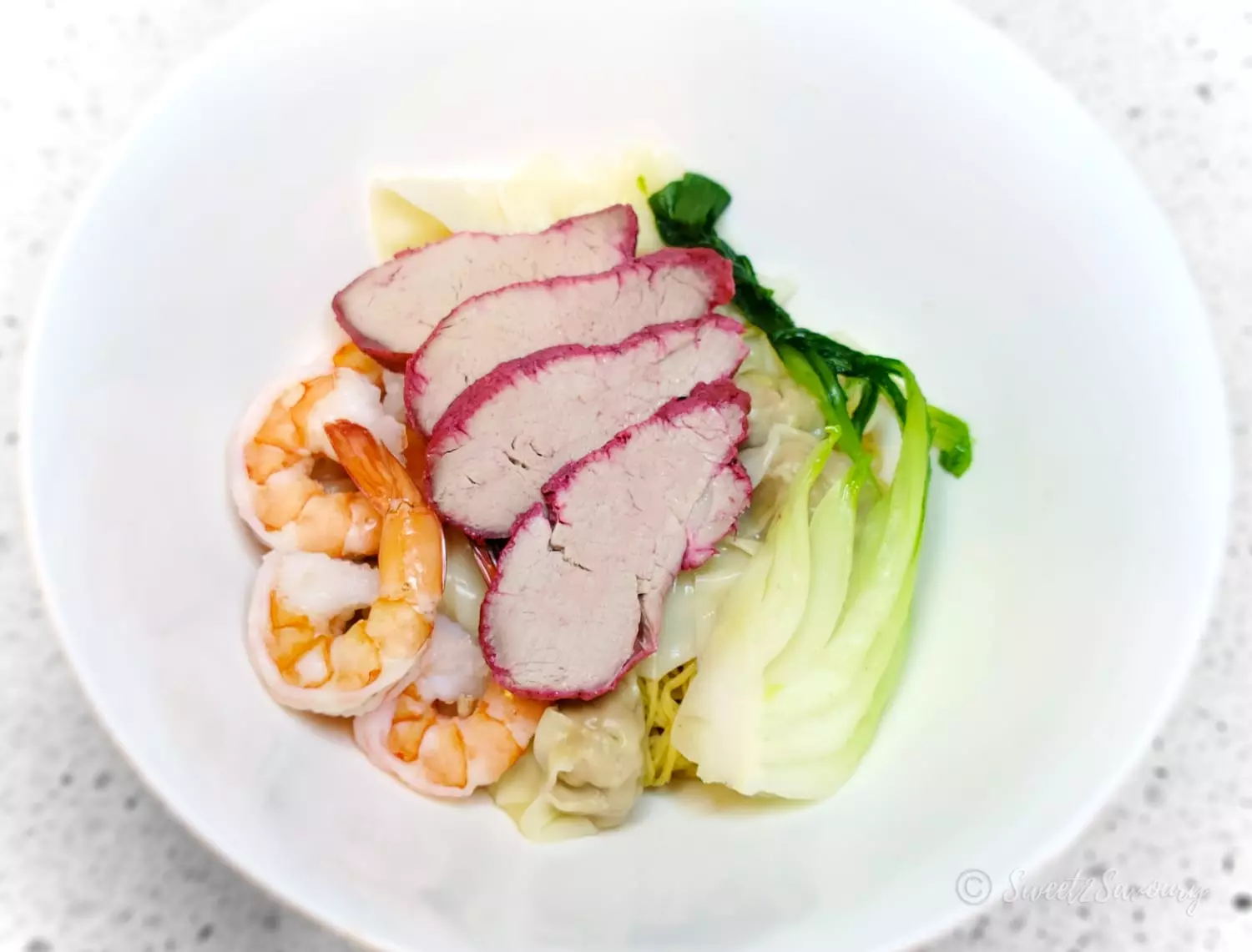
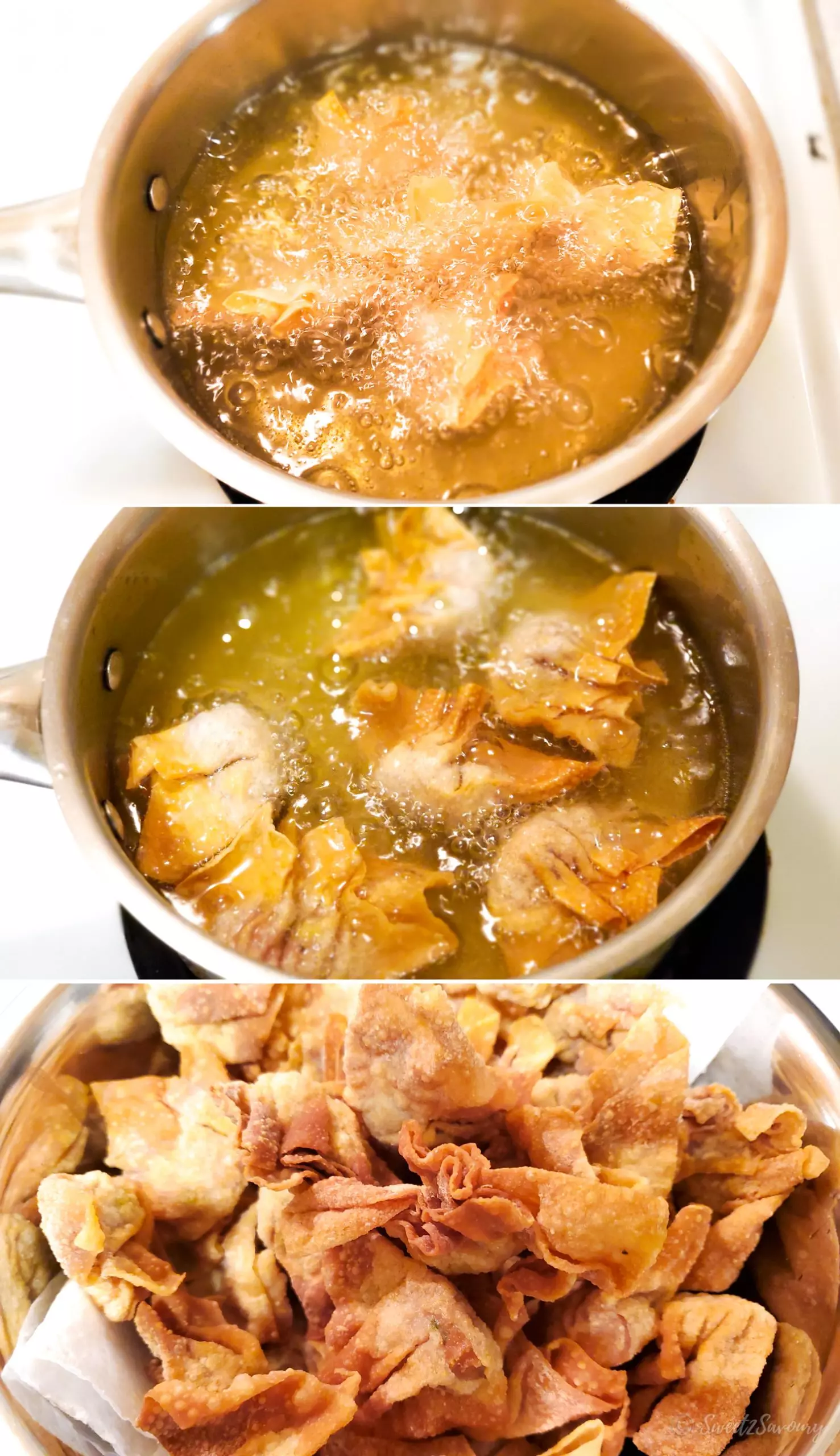
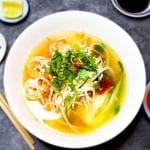


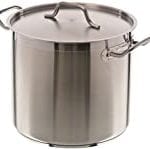
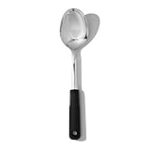
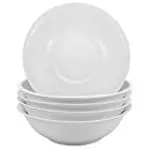
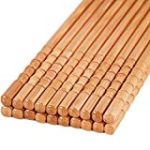

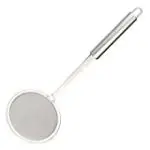
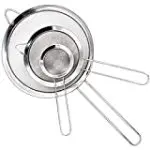
2 comments
HI Lily, quick question…
Isthere a reason why you don’t caramelise the onion and sear the meat first?
Apart from that detail, I think it looks amazing and am keen to try!
Cheers,
Henry
Hi Henry!
That’s a great question! Just to clarify, are you asking about the meat and onion used to make the broth? If so, searing the meat (aka. the Maillard effect) is a great way to add more flavour to the meat if you plan to serve it as part of your dish. However, I choose not to sear the meat in order to maintain the clarity of the broth. Similarly, I don’t caramelize the onion since the fresh enzymes in the onion help to keep the broth clear. I hope this helps answer your question?
Thank you and I do hope you try it! It’s much better home made! 😉
Lily